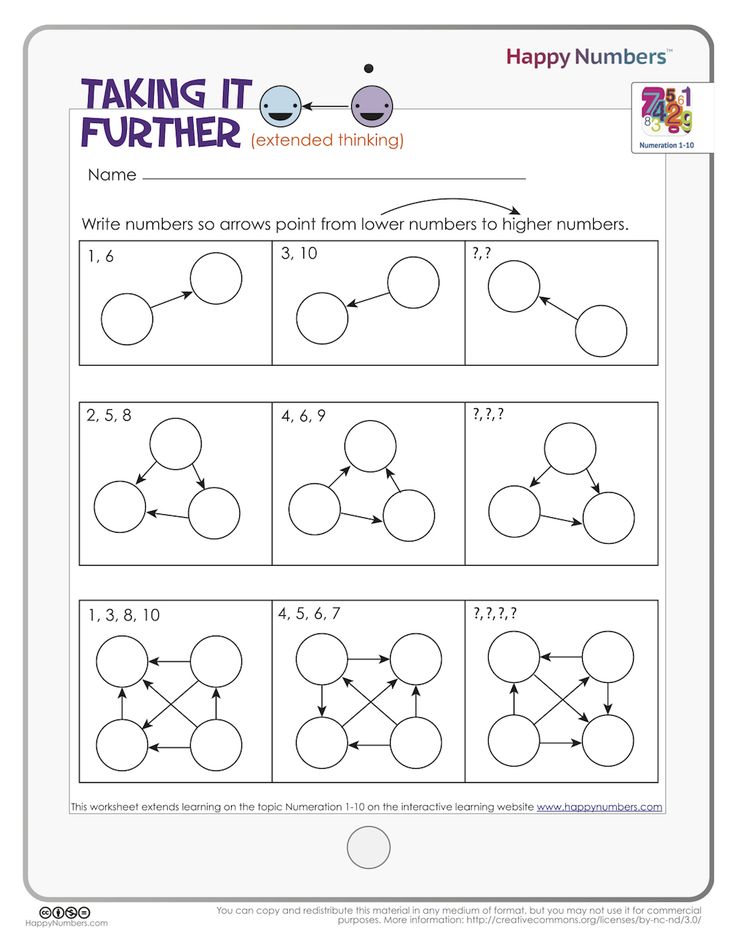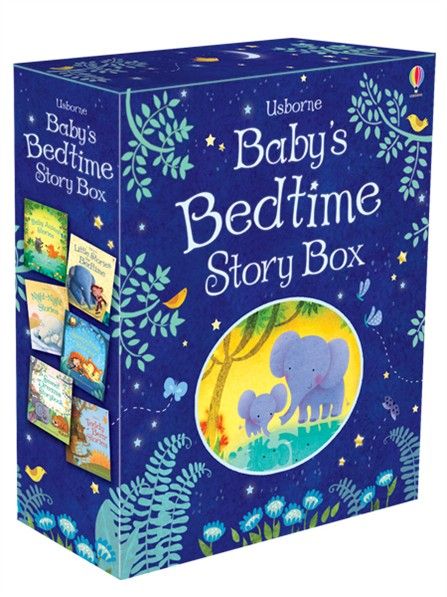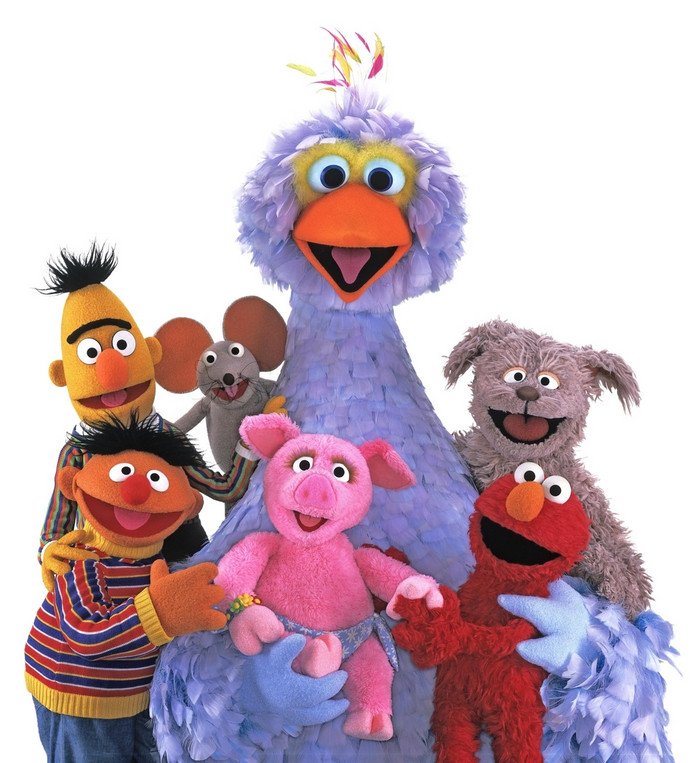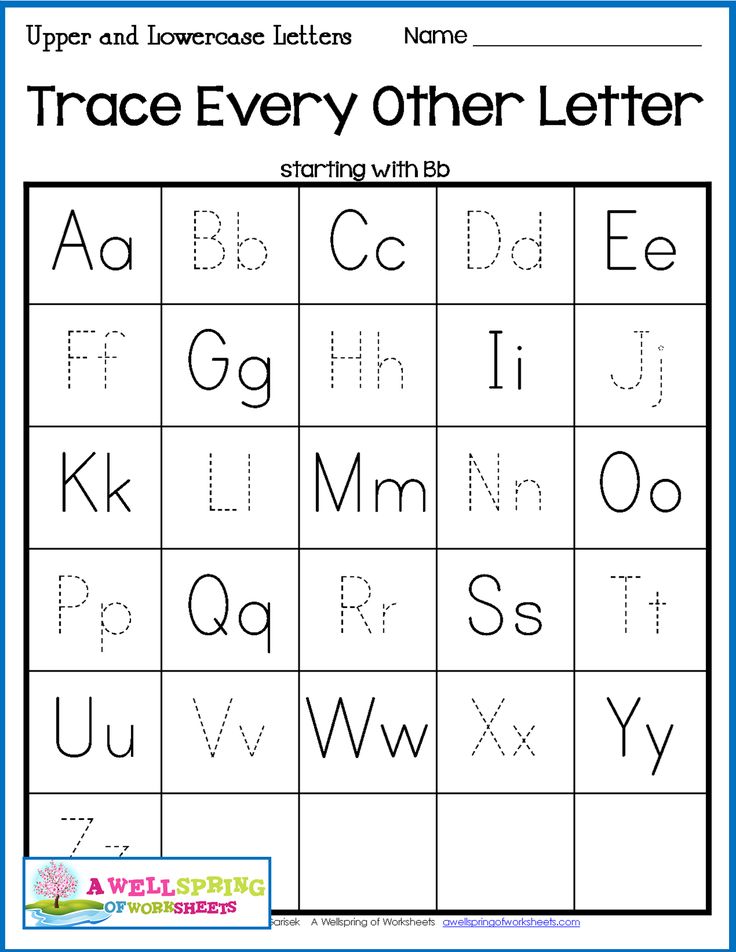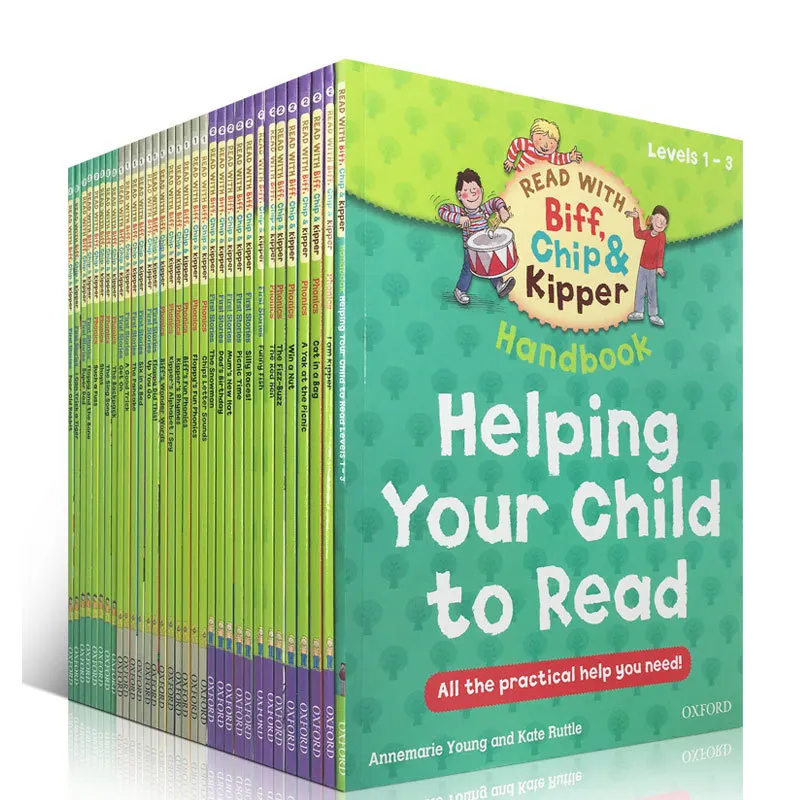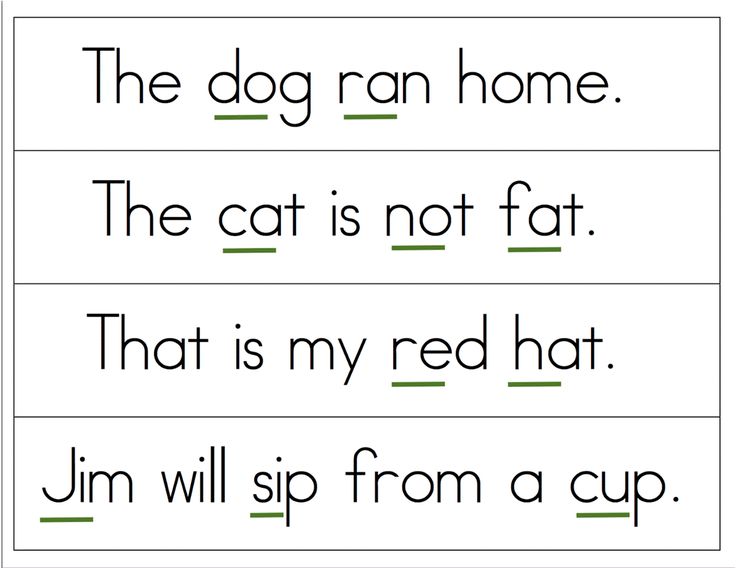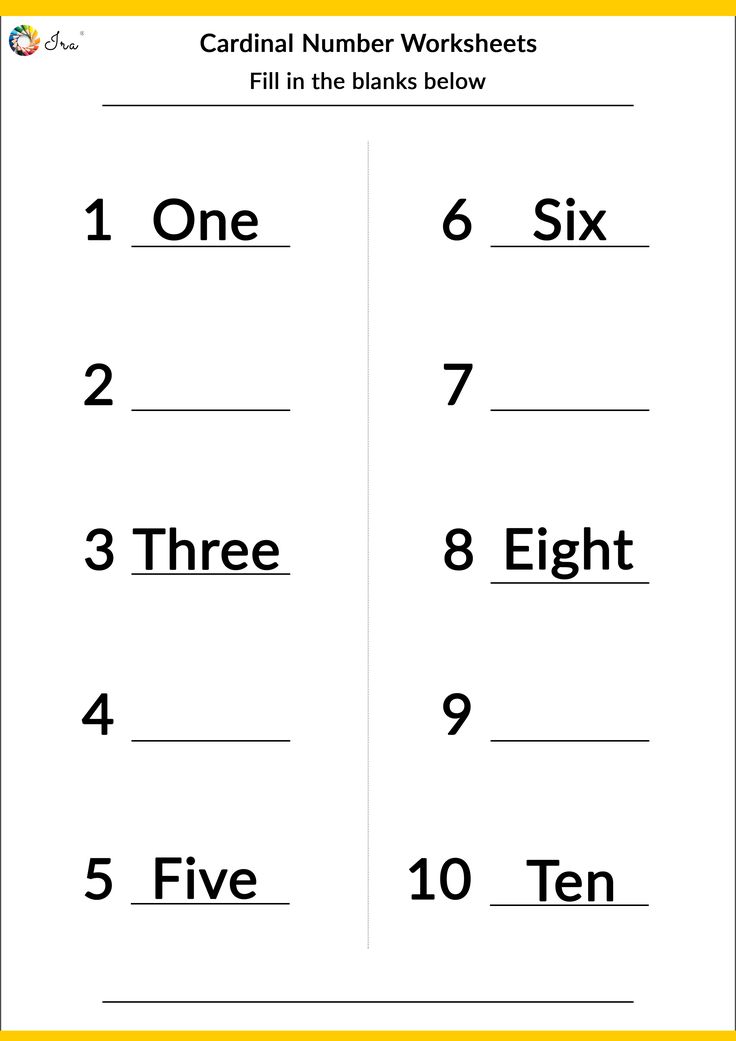Math for k-2
Math Strategies for Struggling Students in K-2
This post contains affiliate links for your shopping convenience. Any purchases made through one of our links earn us a small commission, at no extra cost to you. As an Amazon Associate, I earn from qualifying purchases. All creative ideas and opinions expressed are purely my own. Read our full privacy policy and disclosure for more information.
Use these helpful and effective math strategies for struggling students as you teach to engage and instruct. Try the hands-on math activities and supportive strategies today!
Support Struggling Students with Math Strategies Designed for them!
Do you have students in your classroom that struggle with math concepts? These beginning years of school are laying a foundation for more complex academic concepts to come. This is especially true with math.
You know that instruction in Kindergarten, first, and second grade build the blocks needed for higher levels of thinking that comes later. Knowing this, it may be a worry when you see students struggling with understanding and participating in math.
As a teacher, what can you do to help struggling learners? It is often easy to identify a problem, but not as easy to know how to help and remedy the problem. Today I want to help YOU, help your students.
Many best practices support a students’ need to increase their math understanding. For each strategy, I have tried to provide fun, easy math strategies, activities, and resources to make your planning easier.
Although it can be disheartening when our students are not reaching their full potential, we don’t have to accept defeat! There are many exceptional resources and effective strategies out there to help us if we get creative and are willing to make them a part of our daily routine.
Effective
Math Concept StrategiesWhen it’s time to teach new math concepts, we should teach them slowly, review frequently, and provide different strategies of “solving” or completing a task or getting to an answer.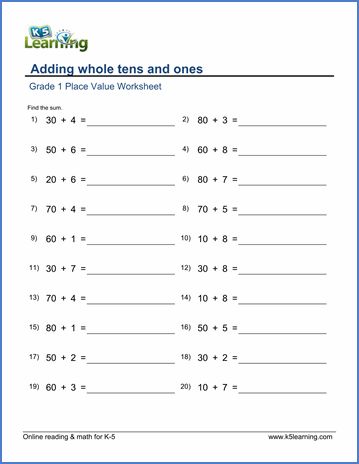
Students learn differently.
They need us to get creative and explain things clearly, in a variety of ways. They also need opportunities to explore in hands-on ways and use math tools to show their thinking. It’s important for us to recognize this, differentiate our instruction, and change our thinking to meet our students’ needs.
The Number of the Day routine is helpful for building fluency with numbers.Here are some concept strategies to help!
- Build number sense– A good knowledge of numbers is the first step to understanding more complex concepts. Try fun activities that help students learn and get comfortable with Numbers to 100!
- Word problems– Teach solving word problems by solving them together as a class. Read the problem slowly together and determine the question. Have kids draw simple pictures to represent the numbers. Count along to find the answer and record the equation to show.
- Math journals– Math journals are a fun way to work through a math problem! Review student’s answers one-on-one to assess whether they have grasped the concept or need additional support.
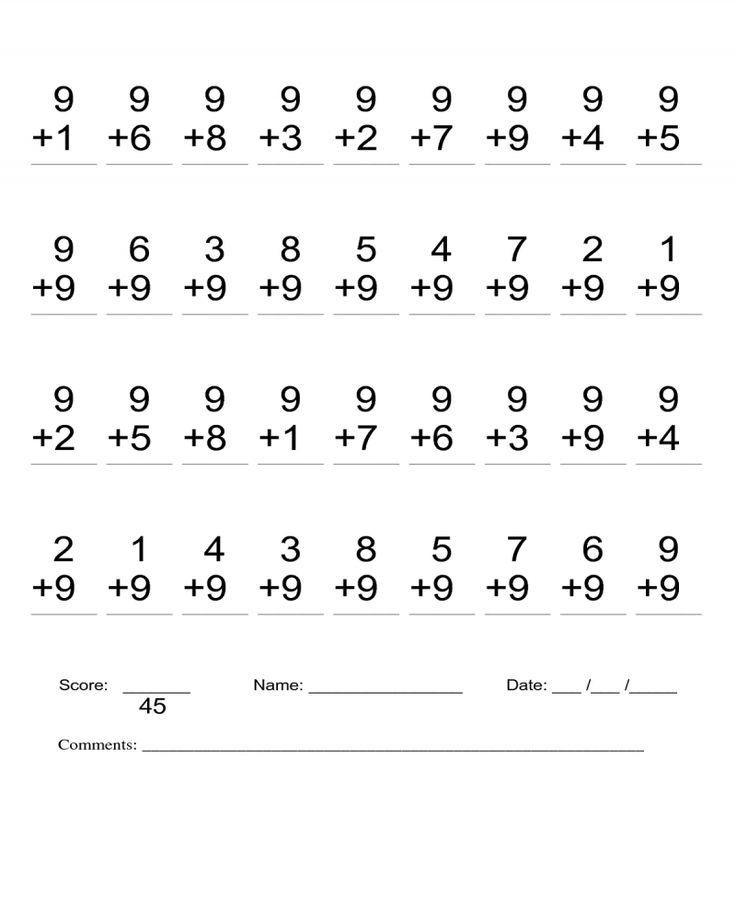
- Read books– Children’s books help us teachmath concepts in new ways. Find out how to use them, plus get a list of great titles!
- Math Review Mats– Spiral review and practice math daily by using engaging activities.
Hands-On Math Activities for Struggling Students
The more students are touching, interacting, and exploring math tools, the deeper their understanding of math concepts will be. All students can benefit from hands-on activities, whether they are kinesthetic learners or not.
If you have some struggling students, how can you get them more involved in their learning?
Using math manipulatives to create patterns in a math journalTry these topic-based hands-on activities!
- Patterns– Make patterns with BINGO markers, use blocks, cubes, playdough, or stickers to form patterns. Check out this list of ideas!
- Addition and Subtraction– Have students draw pictures to illustrate word problems, play subtraction bowling or the Human Number Line Game.
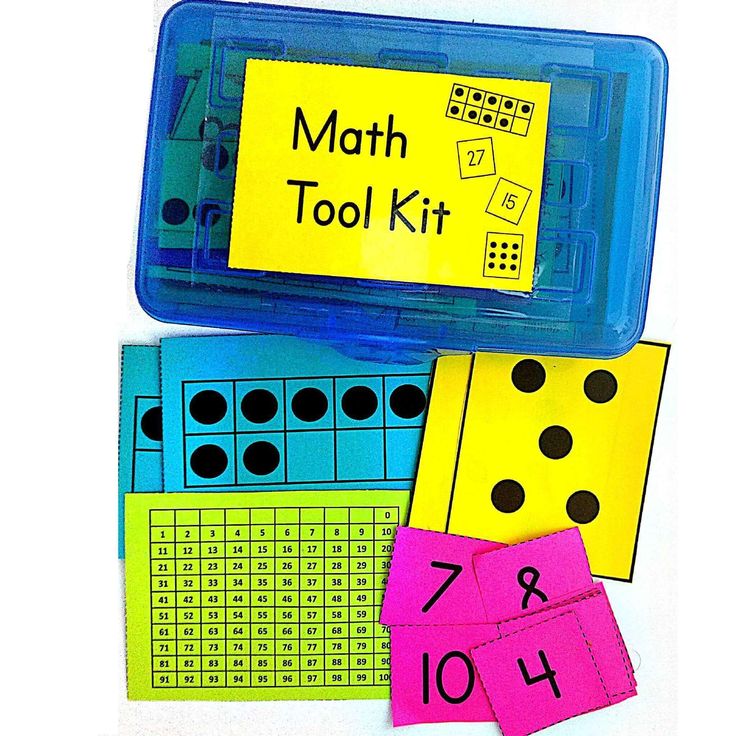 Use bear counters, beads, legos, or beans to build math problems. Try these hands-on activities for addition and subtraction!
Use bear counters, beads, legos, or beans to build math problems. Try these hands-on activities for addition and subtraction! - Telling Time– Play telling time BINGO and use a large manipulative clock to practice on. Draw a clock on a sidewalk and have 2 students stand in for the minute and hour hands. Have students put together clock puzzles and make timelines of their day. Try these activities for telling time!
- Measurement– Use cubes to measure a friend or have students see how far they can jump by measuring the distance on the floor. Make recipes together and talk about the different measurements needed. Try ideas from this list measurement activities!
- Geometry– There are lots of products that can be used to build shapes, including tangrams. Kids will love exploring shapes with geoboards that are used with rubber bands to create shapes. Try these hands-on geometry activities!
- Graphing and Probability– Have fun by sorting and graphing with candy, fruit loops, and Legos.
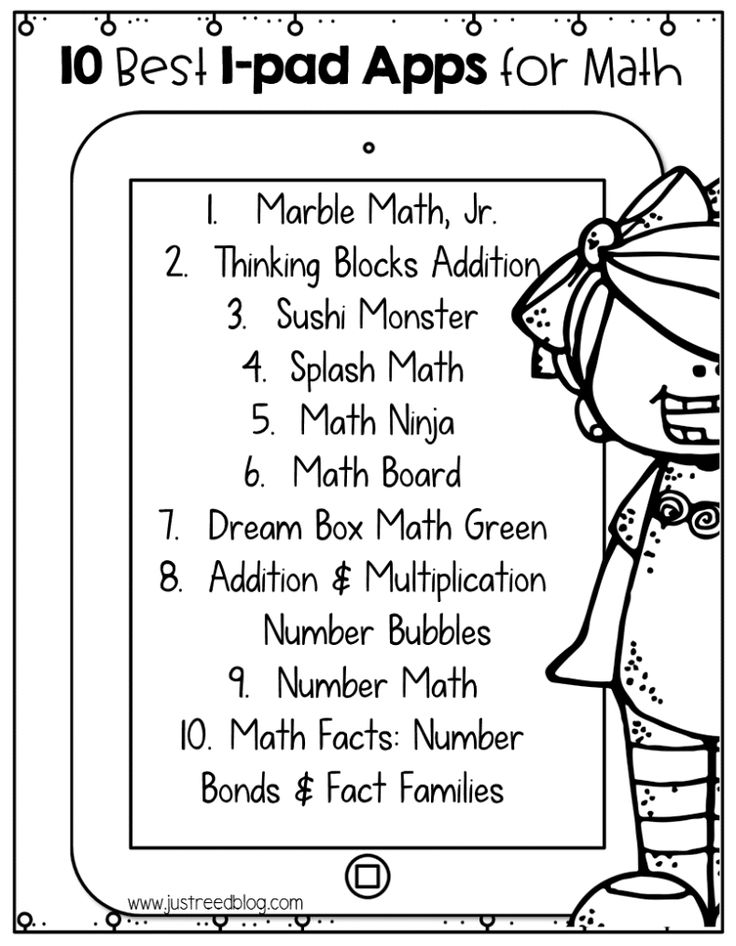 Get inspired with these activities on graphing!
Get inspired with these activities on graphing! - Online Games– FunBrain is a great collection of games for kids to work on their math skills.
While providing opportunities for students to explore and interact with math is vital, we still need creative ways to teach that reach all learners. Some students do best with direct teaching. We should monitor our students and step in when we see that we need to teach or re-teach a certain math concept.
Playdough Smash Subtraction activity for KindergartenHere are some ways to provide that instruction!
- Khan Academy – Use this site with excellent videos to teach math concepts.
- NumberRock – These fun songs provide direct instruction when teaching some math topics.
- Math Curriculum – Find a comprehensive math curriculum that covers important stardards, is teacher-reviewed, and effective at teaching important concepts.
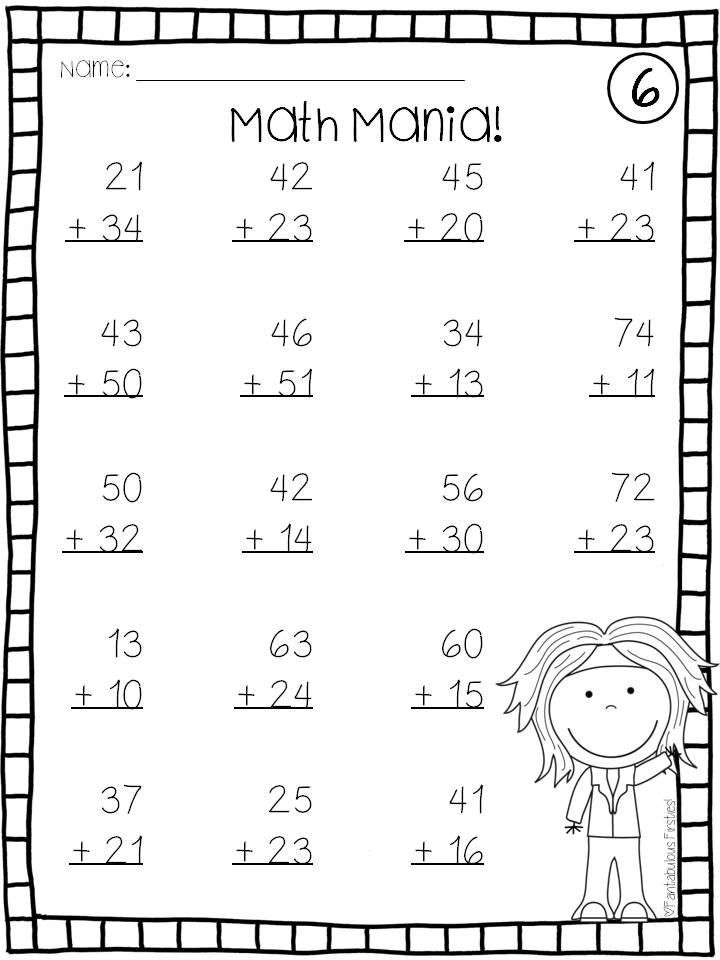 The Mindful Math Curriculum for K-2 provides you with everything you need to teach a well-rounded math program, while supporting your students developing needs.
The Mindful Math Curriculum for K-2 provides you with everything you need to teach a well-rounded math program, while supporting your students developing needs. - Math Visuals – Math posters are important to have so students can refer to them and use them when they are working on math. Use them as teaching tools and also as prompts if a student gets stuck.
Math Resources for K-2
How to Teach Guided Math Email Training
Looking to strengthen your skills in teaching math and help your students acquire important math skills? Looking for effective strategies for running whole-group and small-group lessons and centers?
This free math training for K-2 teachers can help!
Sign up for FREE today to get the SIMPLE tips and HELPFUL tools to help you teach math effectively in K-2.
This math email series will guide you step-by-step on your journey to teaching math effectively.
You will learn strategies to help you set up and run a guided math program, PLUS you will gain valuable FREE math tools and activities you can access right away.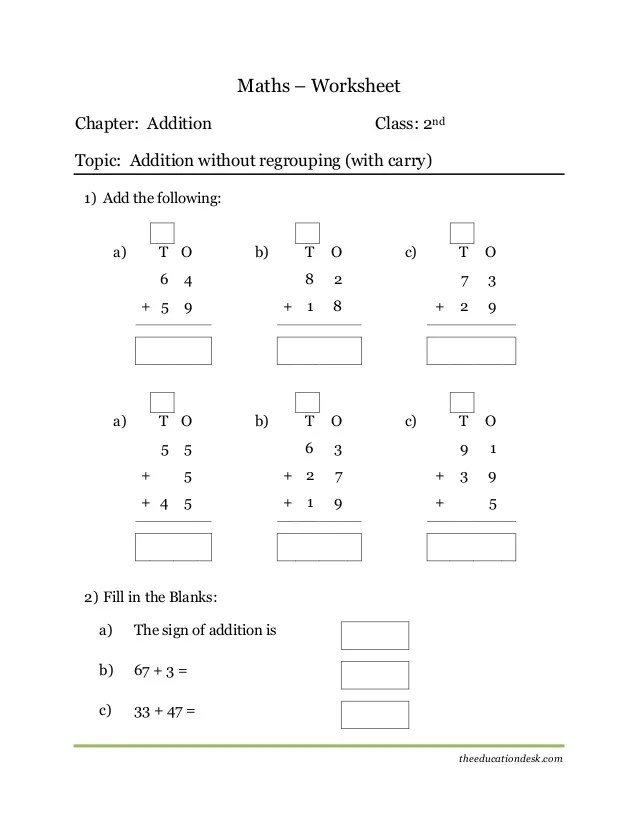
Simply click the image below to sign up!
Mindful Math Curriculum for K-2
Although you may have students who struggle and need extra support with math, there are many resources out there to help them succeed. Get started today: Provide rich lessons that provide the support these students need!
Learn more about our math curriculum: Mindful Math. It is comprehensive, effective, and will help you to support your students where they are.
Kindergarten Mindful Math Curriculum
Mindful Math is a comprehensive math curriculum for kindergarten that was designed to be teacher and student-friendly. It was created to give teachers a ready-to-teach math curriculum that is fun, engages minds, and leaves students knowledgeable and fluent in math concepts.
Buy Now!
First Grade Mindful Math Curriculum
Mindful Math is a comprehensive math curriculum for first grade that was designed to be teacher and student-friendly.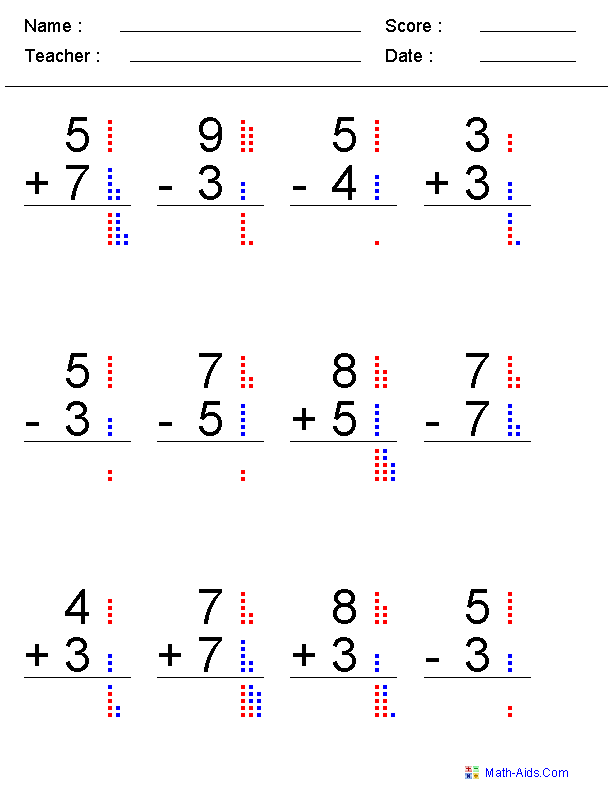 It was created to give teachers a ready-to-teach math curriculum that is fun, engages minds, and leaves students knowledgeable and fluent in math concepts.
It was created to give teachers a ready-to-teach math curriculum that is fun, engages minds, and leaves students knowledgeable and fluent in math concepts.
Buy Now!
Second Grade Mindful Math Curriculum
Mindful Math is a comprehensive math curriculum for second grade that was designed to be teacher and student-friendly. It was created to give teachers a ready-to-teach math curriculum that is fun, engages minds, and leaves students knowledgeable and fluent in math concepts.
Buy Now!
Mindful Math Curriculum for K-2More Math Strategies
Math Websites for Kids
Classroom Math Games
Math Manipulatives
PIN to Save for Later
FREE Number Sense Email Series
Sign up for the building number sense email series filled with effective strategies, must try activities, and FREE resources to build routines in your classroom.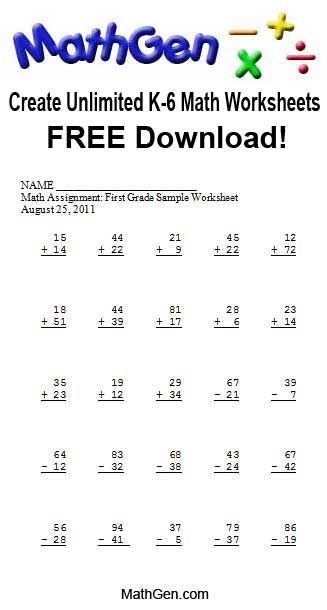 Everything you need to help kids grow their number sense and have fun at the same time!
Everything you need to help kids grow their number sense and have fun at the same time!
First Name
Personal Email Address
We use this field to detect spam bots. If you fill this in, you will be marked as a spammer.
I'd like to receive the free email course.
This form collects information I will use to send weekly emails with strategies, promotions, and resources. Unsubscribe at any time. Powered by ConvertKitKindergarten Math Games That Make Learning Fun from the Start
Looking for ways to make math fun for young learners? Check out these kindergarten math games! They teach all the basic math skills kindergartners need to master and are sure to engage every kid in the learning process.
(Just a heads up, WeAreTeachers may collect a share of sales from the links on this page. We only recommend items our team loves!)
1.
 Conquer cardinality with penguin dominoes
Conquer cardinality with penguin dominoesKindergarten math students work to master cardinality, understanding that written numerals correspond to the number of items pictured. These free printable penguin dominoes make the concept fun to practice.
Learn more: Playdough to Plato
2. Put together puzzles to gain number sense
Kindergarten math students learn to understand that numbers can be represented in a variety of ways. These free printable puzzles help them practice those skills.
Learn more: Tickled Pink in Primary
3. Play teen-number bingo
This free printable game helps little ones master their numbers from 11 to 20, both as numerals and represented on ten-frames.
Learn more: The Measured Mom
4. Stack cups and count to 100
Kids love stacking things, so they’ll get a kick out of kindergarten math games that make use of stackable cups. This one has them doing it with 100 cups while they count! Turn it into a competition by putting them in teams and timing them to see who can finish the task the fastest.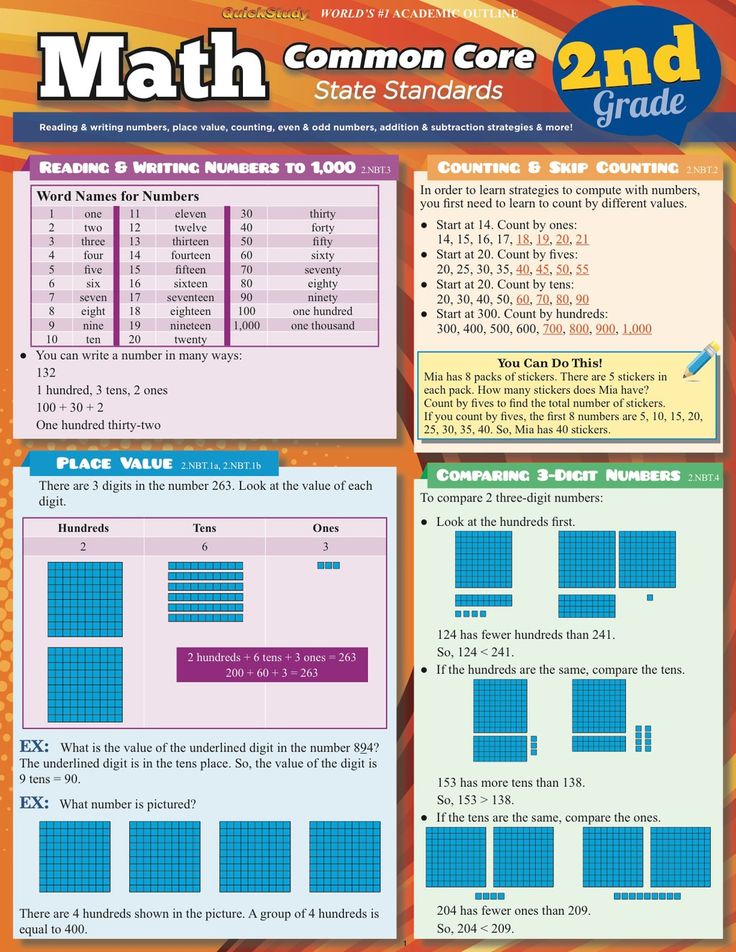
Learn more: Kindergarten Smorgasboard/100 Cups
5. Visit the skip-counting store
How fun is this? Grab some toys and label them with price tags in increments of 10 cents. Give kids a handful of plastic dimes, and have them count out the amount needed for each “purchase.”
Learn more: Creative Family Fun/Skip Counting Store
6. Have a rubber duck race
In this game, kids race to see who can be the first to get their rubber duckies to 10 (or any number you choose). They roll a die and lay out tiles to move their duck. The twist? To get to 10 at the end, they must roll the exact number they need—no going over! Kindergarten math games like this one are terrific for practicing counting on, basic addition, and making 10.
Learn more: Happy Toddler Playtime
7. Practice counting on with cards and dice
Remove the face cards from a deck of playing cards and grab a pair of dice. The first player turns over a card and then rolls the dice.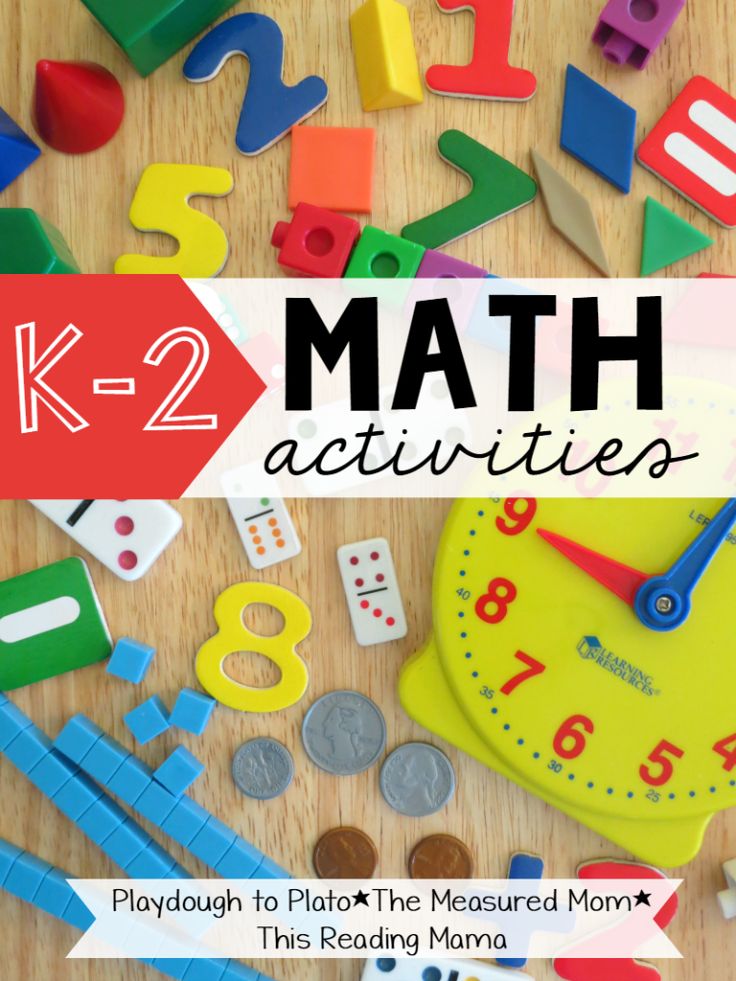 The number on the dice indicates how far they “count on” from the card. (For example, a player turns over a three and rolls a four. They say, “Three: four, five, six, seven.”) If the player gets it right, they keep the card, and the other player(s) get a turn.
The number on the dice indicates how far they “count on” from the card. (For example, a player turns over a three and rolls a four. They say, “Three: four, five, six, seven.”) If the player gets it right, they keep the card, and the other player(s) get a turn.
Learn more: Creative Family Fun/Counting On
8. Skip-count with craft sticks
There are endless ways to use craft sticks in the classroom. For this game, number a series of colorful sticks by fives, as shown. Kids can practice by putting them in order first. Then, have a student draw a stick and count on by fives from that number to 100—if they draw 75, they then count 75, 80, 85, 90, 95, 100. If they get it right, they keep the stick, and the next player takes a turn.
Learn more: Simply Kinder
9. Match teen numbers
Once they’ve mastered the numbers 1 to 10, it’s time to understand how those numerals add up to make bigger numbers. These free printable cards show numerals and matching bundles of sticks that deconstruct each teen number into tens and ones.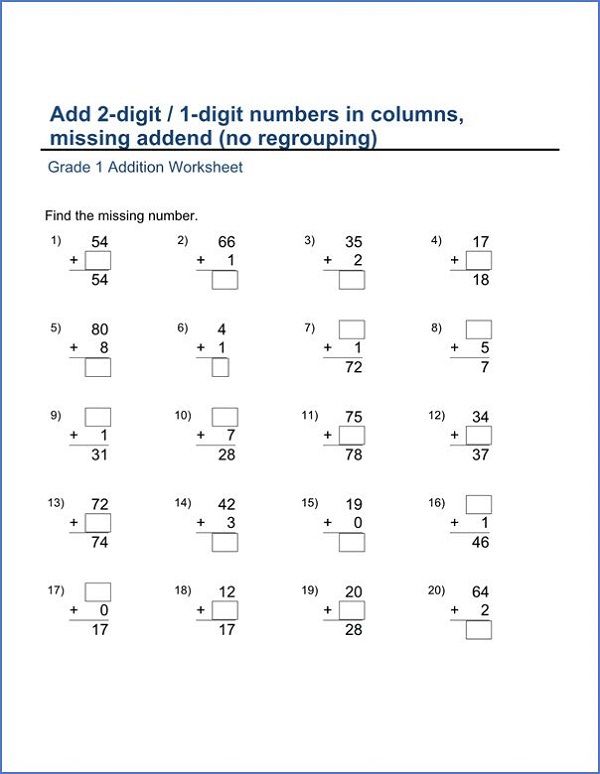
Learn more: The Kindergarten Connection
10. Compare numbers with dominoes
Kindergartners learn to compare numbers to determine which is larger and which smaller. Stacking math cubes based on the numbers on dominoes is a fun, hands-on way to compare the two numbers side by side, making it easier to see the difference.
Learn more: My Fabulous Class
11. Face off and compare numbers
You’ll need some small toys for this game, as well as polyhedral dice. Kids roll and place the number of items on their side. Then, they compare the two to see which is bigger.
Learn more: Natalie Lynn Kindergarten
12. Make 10 with two-sided chips
You’ll need counting chips that are a different color on each side for this activity. Kids shake up 10 chips in a cup and pour them out on the table. Then they see how many they have of each color and write that number bond to make 10.
Learn more: First Grade Fairytales
13. Throw snowballs to make 10
Make “snowballs” from paper (or any way you like), then place them in a bucket at one end of the room.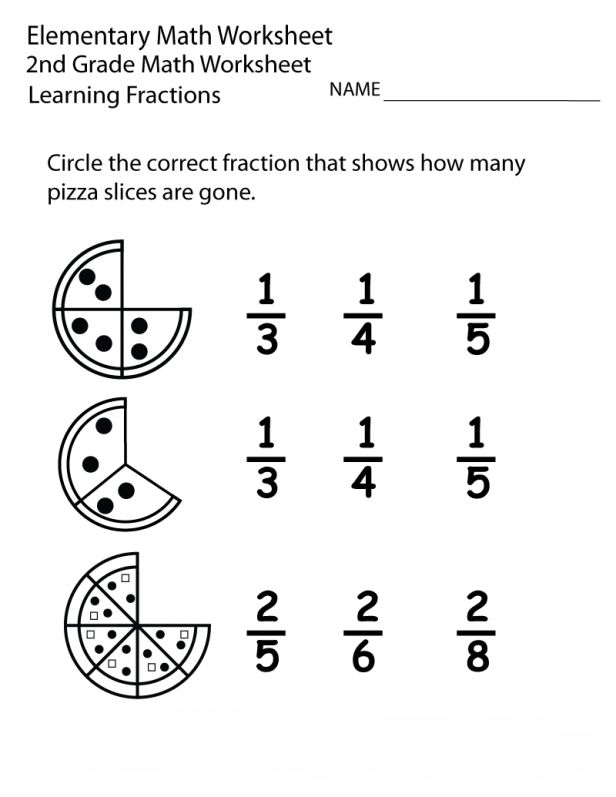 Start kids out by having them toss snowballs into another bucket until they reach 10 (or any target number). Then, up the challenge by placing some snowballs in each bucket and have kids figure out how many more they need to toss in to make 10.
Start kids out by having them toss snowballs into another bucket until they reach 10 (or any target number). Then, up the challenge by placing some snowballs in each bucket and have kids figure out how many more they need to toss in to make 10.
Learn more: Frugal Fun for Boys and Girls—Snowball Math Games
14. Use Uno cards to play addition war
In the card game War, players each flip an Uno card, and the one whose card is greatest takes them both. In this twist on one of our favorite kindergarten games, players each flip two cards. They then use counting blocks to represent the numbers and count on or add to find the sum. The largest sum wins the hand, and play continues.
Learn more: Planning Playtime—Addition Game
15. Roll and add for fluency within 5
Kindergarten math students work to become fluent in adding and subtracting within 5. This free printable board game makes it fun!
Learn more: Liz’s Early Learning Spot
16.
 Get four in a row and learn place value
Get four in a row and learn place valueThis customizable game helps teach the early place-value concept of tens plus ones. Get it for free at the link.
Learn more: Two Boys and a Dad
17. Bowl and subtract within 10
Set up a toy bowling pin set (or make one from plastic bottles or toilet-paper tubes). Kids bowl and see how many pins they knock down, subtracting that number from 10. Then they repeat, this time subtracting from the previous answer. First to get to zero wins!
Learn more: Planning Playtime—Subtraction Worksheets
18. Get off my boat!
So simple, so engaging, so fun! Use tape to outline a boat shape on the floor (or try this outside with sidewalk chalk). Let some kids board the “boat,” then make some get off. Use those numbers to write a subtraction number sentence and solve the equation!
Learn more: Kindergarten Smorgasboard—Get Off My Boat!
19. Drive and compare numbers to music
Prep for this game by using dot markers on paper plates as shown (visit the link below for more examples). Each kid takes a plate then uses it to “drive” around the room as you play music. When the music stops, they find a nearby partner and compare what they see on each other’s plates (e.g., “8 dots is more than 4 dots. 1 green dot is less than 4 green dots.” Then start the music up and repeat!
Each kid takes a plate then uses it to “drive” around the room as you play music. When the music stops, they find a nearby partner and compare what they see on each other’s plates (e.g., “8 dots is more than 4 dots. 1 green dot is less than 4 green dots.” Then start the music up and repeat!
20. Build a weigh station
Use a hanger and plastic cups to build a super-simple weigh station. Kids will love dropping items into the cups to see which weighs more or less. Turn it into a game by having them try to guess which object weighs more first or how many of one item equals another.
21. Battle it out in ribbon war
Looking for kindergarten math games that teach non-standard measurement? This idea is fun and easy. Cut colorful ribbons into a variety of lengths and place them in a bag. Each student pulls a ribbon from the bag. Then, put students in pairs and have them compare their ribbons to identify the longer one. The student with the longer ribbon keeps both, and the game continues.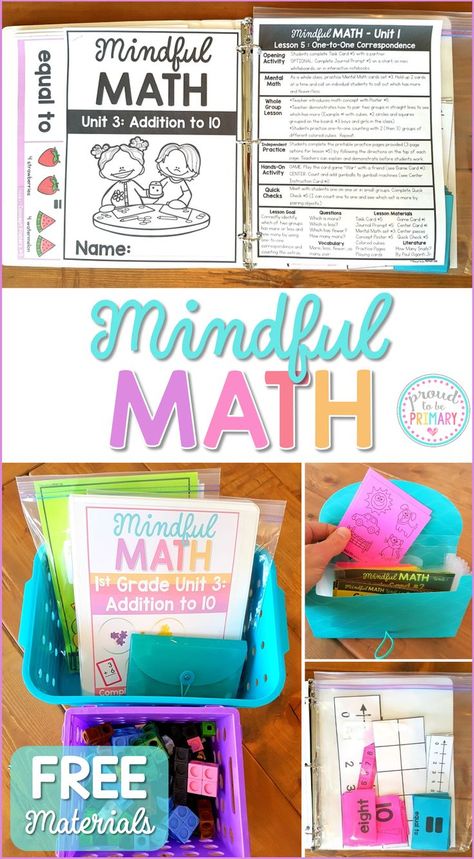
22. Hold a shape scavenger hunt
Kindergarten math students are learning to recognize shapes in their environment and also to categorize and sort. This scavenger hunt does it all! Send them out to find objects in the room that match the shapes. Then count and compare to see how many you have in each category.
Learn more: Frugal Fun for Boys and Girls—Shape Scavenger Hunt
23. Hop along a shapes maze
Use sidewalk chalk to lay out a shape maze on the playground or driveway. Choose a shape and hop from one to the next, or call out a different shape for every jump!
Learn more: Creative Family Fun—Shape Maze
24. Make a match to learn shapes
Grab these free printable memory cards at the link. Then play and learn the basic shapes.
Learn more: Life Over C’s
25. Guess the mystery shapes
Work on geometry terms like “sides” and “vertices” when you sort shapes using these attributes. Start by placing 3D shapes into paper bags and asking students questions like “The shape in this bag has 4 sides.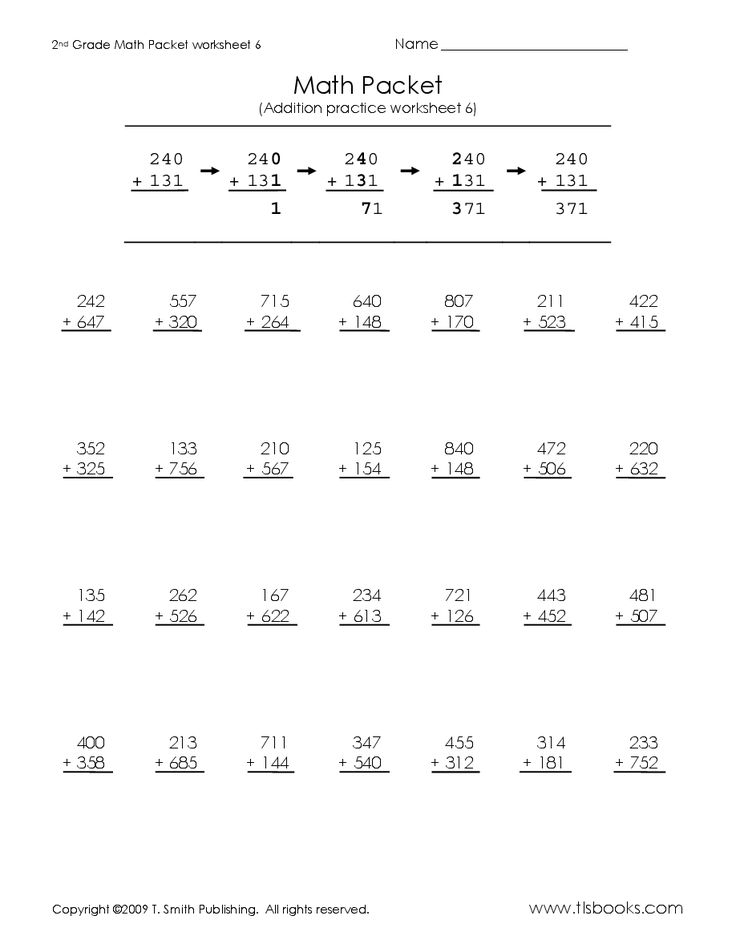 What could it be?”
What could it be?”
Learn more: Susan Jones Teaching
Love these kindergarten math games? You’ll also enjoy these 50 Kindergarten Math Word Problems of the Day!
Want more articles like this? Subscribe to our newsletters!
What is a proportion in mathematics?
What is proportion
Definition of proportion:
Proportion is the equality of two ratios.
Proportional is one that is in a certain relation to any value.
Proportion always contains equal factors.
If we express the definition as a formula, then it will look like this:
- a : b = c : d
Or like this:
a and d are the extreme terms of the proportion, b and c are the middle terms of the proportion.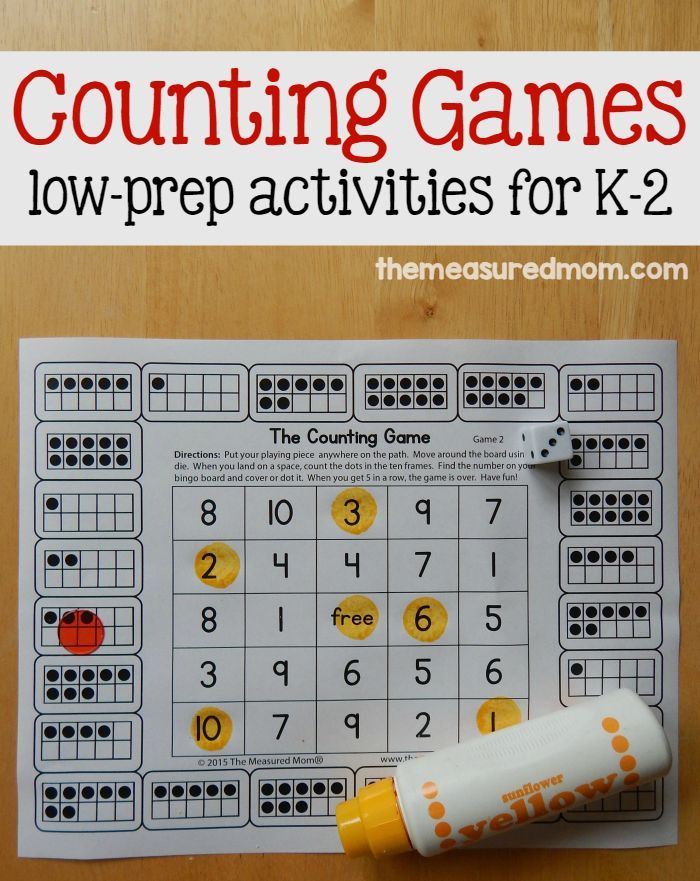
Read this expression as follows: A This refers to b , as C belongs to D
For example:
15: 5 = 3
9: 3 = 3
This is the equality of two ratios: 15 is related to 5 as 9 is related to 3.
15 and 3 are the extreme members of the proportion.
5 and 9 are the middle members of the proportion.
A good example to understand:
We have eight slices of delicious pizza and, let's say, four hungry friends.
- Let's write this difficult situation as the ratio of 8 pieces to 4 hungry friends: 8 : 4
- Next, convert this ratio to a fraction: 8/4
- Perform division: 8/4 = 2
This means that 8 delicious pizza slices will treat 4 hungry friends in such a way that each starving person will get 2 slices. Wonderful!
Wonderful!
Now let's imagine a situation in which there is only half of an appetizing pizza, but at the same time there are only two hungry friends.
What we have: 4 pieces and 2 friends claiming them.
- Write as a ratio: 4 : 2
- Convert the resulting ratio to a fraction: 4/2
- Perform division: 4/2 = 2
This means that 4 appetizing pieces will treat 2 hungry friends in such a way that each of them will get 2 pieces.
After evaluating both situations, we conclude that the ratio 8/4 is proportional to the ratio 4/2. The proportions are equal.
Conclusion: knowledge of mathematical proportions is useful when ordering pizza. We quickly estimate the ratio of the number of people claiming pizza and the number of slices - and immediately order more pizza so that no one is left hungry😉
Demo lesson in mathematics
them without cramming formulas and boring lectures.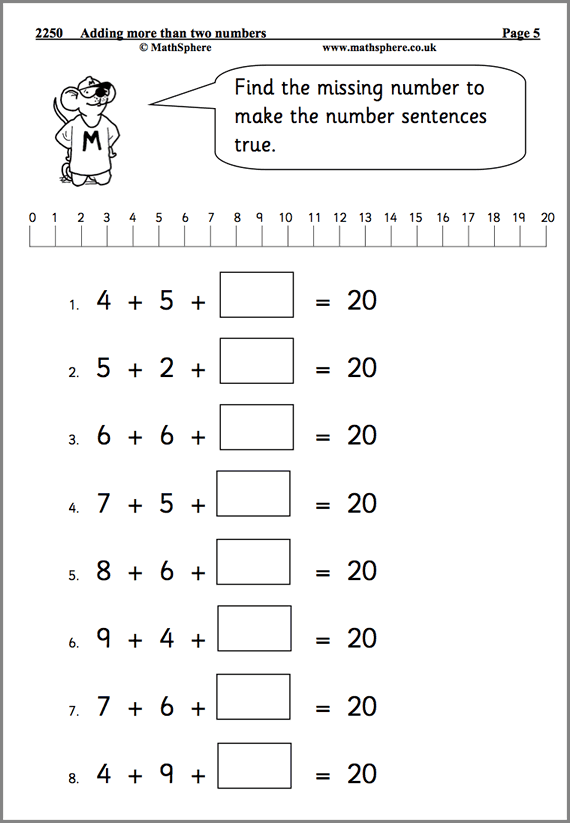
Basic property of proportion
Remember the basic property of proportion:
| The product of the extreme terms of the proportion is equal to the product of the middle terms of this proportion. |
In the form of a formula, the property looks like this:
a : b = c : d
a * d = b * c
We know that a and d are the extreme members of the proportion, b and c are the middle ones.
This property should be used to check the proportion. If everything converges according to the wording, the proportion is correct, and the ratios in the proportion are equal to each other.
Let's check some proportions.
Example 1. Given a proportion: 6/2 = 12/4
- Next, we multiply the middle terms of the proportion: 2 * 12 = 24
- The product of the extreme terms of the proportion is 24, the product of the middle terms of the proportion is also 24.

- 6 * 4 = 2 * 12
24 = 24
We conclude that the proportion 6/2 = 12/4 is correct.
Example 2. Given the proportion: 10/2 = 16/4
- Multiply the middle terms: 16 * 2 = 32.
- The product of the extreme terms of the proportion is 40. The product of the middle terms of the proportion is 32.
- 10 * 4 ≠ 16 * 2
40 ≠ 32
Hence we conclude that ratios in the proportion 10/2 ≠ 16/4 are not equal.
Skysmart math preparation courses for the OGE will give you self-confidence and help you refresh your knowledge before the exam.
Examples of solving problems with proportions
To practice drawing proportions, let's solve several problems together.
Problem 1.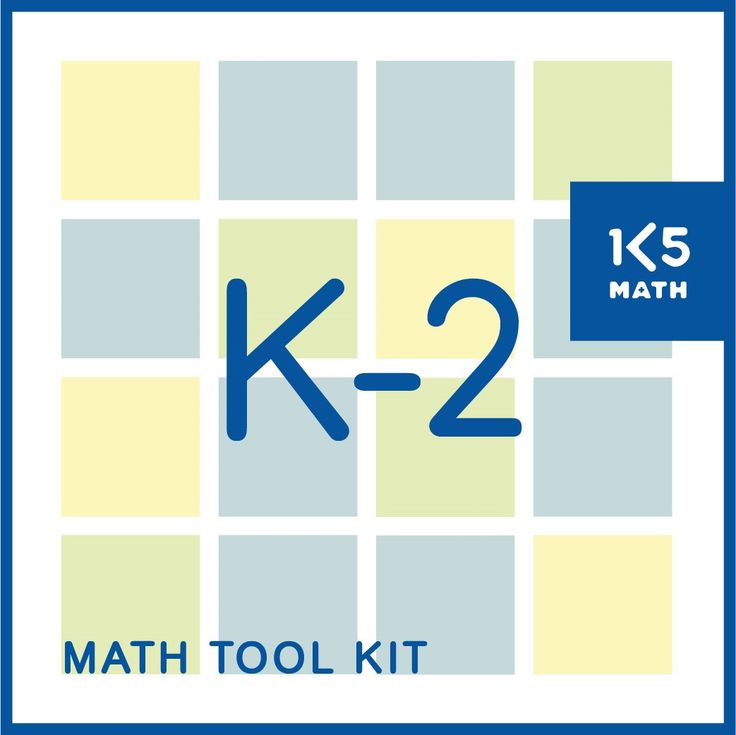 Given a mathematical proportion: 15/3 = x/4
Given a mathematical proportion: 15/3 = x/4
Find x.
How do we decide:
- According to the main property of the proportion, we multiply the factors:
15 * 4 = 3x - We get the equation: 60 = 3x
- 60/3 = x
x = 20.
Answer: in proportion 15/3 = x/4, x = 20
Problem 2. Find the fourth term of the proportion: 18, 9 and 24.
How to solve:
- Write the numbers as fractions: 18/9 = 24/x
Where x is the fourth member of the proportion. - According to the basic property of proportion, we multiply the middle terms: 9 * 24 = 216
- Derive the equation 18x = 216
- Find x:
x = 216 : 18
x = 12 - Checking: 9* 24 = 216, 18 * 12 = 216.
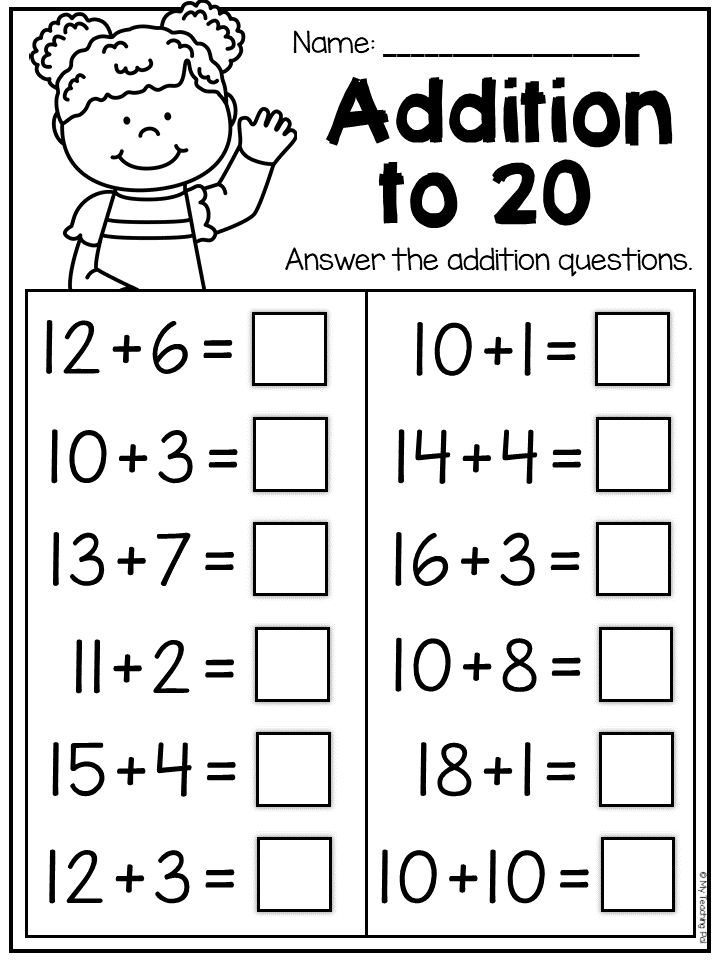
The proportion is correct.
Answer: the fourth member of the proportion is 12.
Problem 3. 18 people can eat five kilograms of land in 8 hours, how many hours will 9 people need?
How do we decide:
- We write the numbers as an inverse proportion: 18/9 = x/8
- Multiplying factors by the basic property of proportion: 18 * 8 = 9x
- Find x:
144 = 9x
144 : 9 = 16
Answer: It will take 9 people 16 hours to eat all the sushi.
Problem 4. Given the proportion: 20/2 = y/4
Find y.
How do we decide:
- By the main property of the proportion, we multiply the factors:
20 * 4 = 2y - We get the equation: 80 = 2y
- Find y:
80/2 = y
x = 40.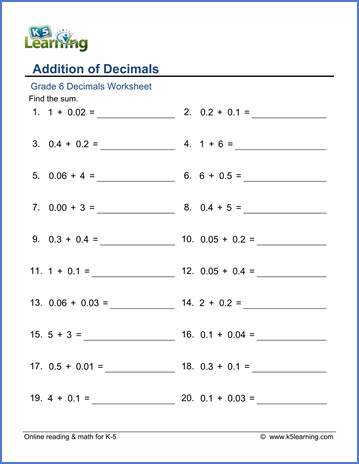
- Checking the proportion: 20 * 4 = 80, 40 * 2 = 80.
Answer: in proportion 20/2 = y/4, y = 40
Academy of Intellect Development AMAKids Moscow: Polyarnaya street, 7, k2
Center programs
Mental arithmetic
Mental arithmetic trains the speed of perception and processing of information, develops both hemispheres of the brain at the same time due to the mental visualization of calculations on abacus accounts. The high rate of mental counting is an interesting side effect.
English
Comprehensive teaching methodology for children from 5 to 14 years old
English online
Comprehensive teaching methodology for children from 5 to 14 years old
Preparing for school
Courses for preparing children for school, developing classes, teaching mathematics, reading, writing, literacy
Preparing for school online
Courses for preparing children for school, developing classes, teaching mathematics, reading, writing, literacy
Mathematics
Comprehensive program for children from 6 to 12 years old. Teach math, logic, basics programming, and financial literacy.
Teach math, logic, basics programming, and financial literacy.
Mathematics online
Comprehensive program for children from 6 to 12 years old. Teach math, logic, basics programming, and financial literacy.
Memory Development
The technique is aimed at developing different types of memory, attention, imaginative thinking, imagination, communication and cognitive abilities, and speeding up thinking.
Online memory development
The technique is aimed at developing different types of memory, attention, imaginative thinking, imagination, communication and cognitive abilities, and speeding up thinking.
Speed Reading
Liberica develops brain function, resulting in increased reading speed and improved reading comprehension.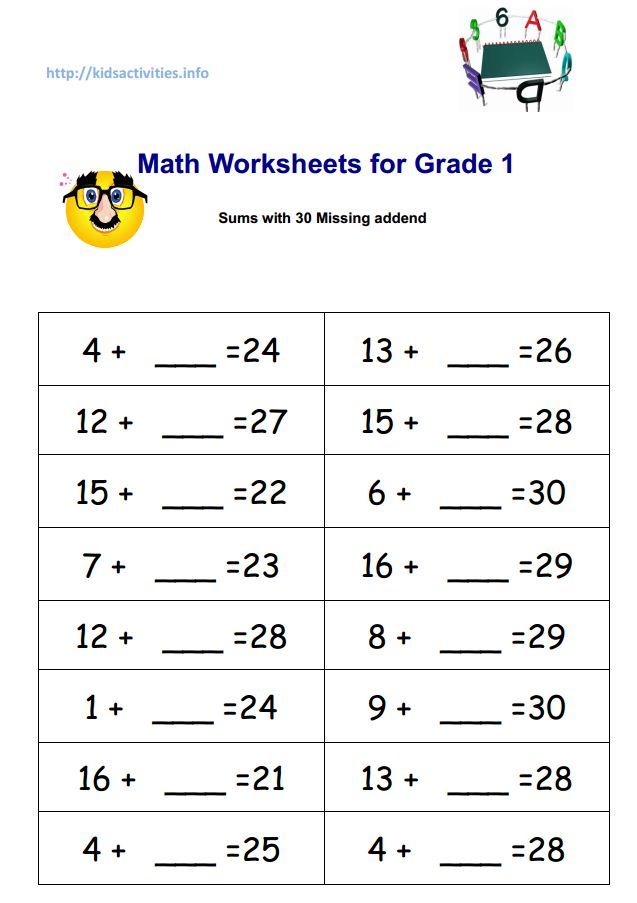 In the traditional approach, reading goes line by line by speaking out loud or “to oneself”. Liberica, thanks to a system of special exercises, makes it possible to read from top to bottom, vertically.
In the traditional approach, reading goes line by line by speaking out loud or “to oneself”. Liberica, thanks to a system of special exercises, makes it possible to read from top to bottom, vertically.
Online speed reading
Liberica develops brain function, resulting in increased reading speed and improved reading comprehension. In the traditional approach, reading goes line by line by speaking out loud or “to oneself”. Liberica, thanks to a system of special exercises, makes it possible to read from top to bottom, vertically.
Teaching reading
A set of techniques aimed at teaching a child from scratch literate oral and written speech. The course is recommended for students from 5 to 9 years old.
Learning to read online
A set of techniques aimed at teaching a child from scratch literate oral and written speech.